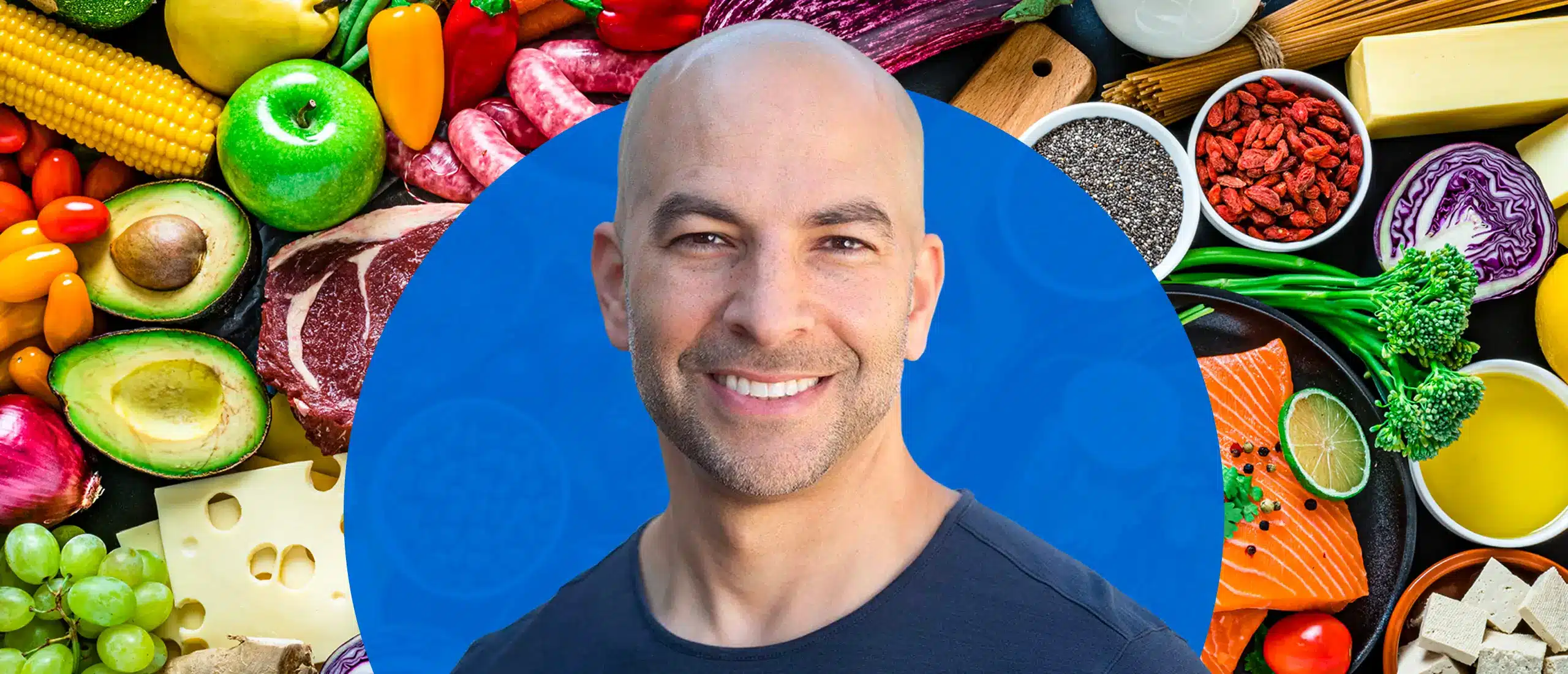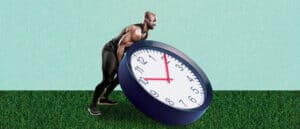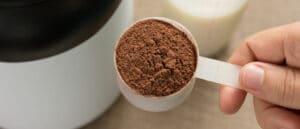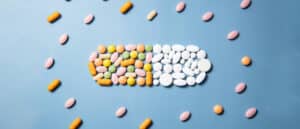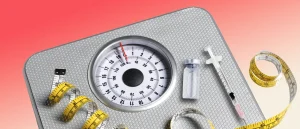Peter Attia’s 5 Best Tips for Eating Your Way to a Longer Life
Three years ago, top longevity physician Peter Attia, M.D., would die on the stake defending the keto diet. Now, he won’t touch the diet wars with a 30-foot pole.
“The fundamental assumption underlying the diet wars, and most nutrition research—that there is one perfect diet that works for every single person—is absolutely incorrect,” Attia writes in his new book, Outlive.
How you manipulate your diet should depend on your metabolism, goals, and what you can stick to, he says. “It seems quite clear that a nutritional intervention aimed at correcting a serious problem (e.g. highly restricted diets, even fasting, to treat obesity, NAFLD, and type 2 diabetes) might be different from a nutritional plan calibrated to maintain good health (e.g. balanced diets in metabolically healthy people),” he adds.
His take, while hot, makes almost too much sense. And in comparison to some longevity doctors who shove polarizing nutrition advice down your throat (in some cases with plugs to a proprietary diet that conveniently ends with money in their pocket), his approach refreshingly comes without strings.
How do you know exactly how to tweak your diet for you? On this, Attia does have advice. In Outlive, he shares invaluable insight into how you can make personalized diet changes to extend your healthspan and lifespan, no matter where you find yourself on the metabolic spectrum.
Our top five takeaways, below.
1. Eat Less
Many leading longevity experts associate eating less with a longer life. Why? It reduces your risk of neurodegenerative disease (like Alzheimer’s), cardiovascular disease, type 2 diabetes, and cancer. Plus, eating less, through specific mechanisms like caloric restriction, dietary restriction, and fasting, can trigger autophagy—a process that recycles damaged cell parts that’s linked to a longer, healthier life (1).
Attia agrees, with a twist. “Fasting triggers many of the physiological changes and cellular mechanisms that we want to see,” he says. But, he’s not convinced the trade-offs of long-term, severe caloric restriction—like weakened immunity, greater susceptibility to sarcopenia (muscle loss), and constant hunger—are worth it for everyone. Especially people who are already metabolically healthy and eating a high-quality diet.
The problem is, most of us aren’t either of those things. “If you’re overnourished, and statistically speaking about two-thirds of us are, you will need to apply one of these methods of caloric reduction: deliberately tracking (and reducing) what you eat; cutting out certain foods; and/or giving yourself less time to eat,” he says. Here’s a quick crash course.
Calorie restriction
Caloric restriction is the clear-cut winner between the three, per Attia. There’s a reason bodybuilders use it to shed weight while preserving as much muscle as possible—it’s effective. And the flexibility in food choices is a major perk. However, counting calories isn’t easy to stick to. “The catch is you have to do it perfectly—tracking every single thing you eat, and not succumbing to the urge to cheat or snack—or it doesn’t work,” he says.
Dietary restriction
“Dietary restriction (DR) is probably the most common strategy employed for reducing energy intake. It is conceptually simple: pick a type of food and then don’t eat that food,” explains Attia. He clarifies the type of food you pick matters—it should be calorically dense. For example, cutting out lettuce isn’t going to do anything; whereas, cutting out soda, sugary drinks, and added sugar will make a big impact.
“A more significant issue with DR is that everyone’s metabolism is different. Some people will lose tremendous amounts of weight and improve their metabolic markers on a low-carbohydrate or ketogenic diet, while others still will actually gain weight and see their lipid markers go haywire—on the exact same diet,” he explains. “Conversely, some people might lose weight on a low-fat diet, while others will gain weight.”
A better way, he suggests, is manipulating the four macronutrients—alcohol, carbohydrates, protein, and fats—optimally for you. According to Attia, the specific split needs to be personal to be effective. In other words: experiment until you find what works for you.
Time restriction
Also known as intermittent fasting, time restriction (TR) is the easiest way to cut calories, according to Attia. Time-restricted eating involves eating for a set period of time, and then intentionally fasting for a set period of time. It can revolve around a 24-hour clock, like 18:6 intermittent fasting—which involves fasting for 18 hours and eating for six—or can involve a more extended time period like a four-day fast (what Attia challenged Chris Hemsworth to do in National Geographic’s docuseries Limitless).
Fasting sounds simple, but like dietary restriction, TR doesn’t always work. “This can still backfire if you overeat,” warns Attia. The TL;DR: it’s not permission to eat as much pizza and ice cream as you can put back.
“If we are going to use a powerful tool like fasting, we must do so carefully and deliberately,” he says. Timing matters. You could skip breakfast or dinner to shorten your eating window, “but in my view, sixteen hours without food simply isn’t long enough to activate autophagy, inhibit chronic mTOR elevation (mTOR is a gene that regulates protein production and helps you build muscle, but too much is linked to diseases like diabetes and cancer (2, 3)), or engage any other longer-term benefits of fasting we would want to obtain,” he adds.
And fasting for longer periods comes at a price. “You are virtually guaranteed to miss your protein intake with this approach,” he says. “One not uncommon scenario that we see with TR is that a person loses weight on the scale, but their body composition alters for worse: they lose lean mass (muscle) while their body fat stays the same or even increases,” says Attia.
Attia typically reserves fasting-based interventions for more extreme clients, who can tolerate more intense fasting regimens (and the subsequent loss of muscle) because they’re losing so much fat at the same time. He also monitors protein intake carefully. “My rule of thumb for any eating pattern is that you must eat enough to maintain lean mass (muscle) and long-term activity patterns,” he adds.
2. Cut the Junk
Put down the Cheetos. Quality matters as much as quantity. “The elements that constitute the SAD (Standard American Diet) are almost as devastating to most people as tobacco when consumed in large quantities, as intended: added sugar, highly refined carbohydrates with low fiber content, processed oils, and other very densely caloric foods,” says Attia.
However, he’s quick to clarify that not all processed foods are the devil. “Almost everything we eat, aside from fresh vegetables, is processed to some degree. For example, cheese is a processed food, invented as a way to preserve milk, which would otherwise spoil quickly without refrigeration,” he says.
The real problem is, you guessed it, junk food—like candy, chips, packaged goods, and soda. To avoid the SAD, Attia offers a simple fix: shop the outer rim of the grocery store, rather than the center aisles.
“If there is one type of food that I would eliminate from everyone’s diet if I could, it would be fructose-sweetened beverages, including both sodas and fruit juices, which deliver too much fructose, too quickly, to a gut and liver that prefer to process fructose slowly,” he says. “Just eat fruit and let nature provide the right amount of fiber and water.”
3. Get More Protein
“The first thing you need to know about protein is the standard recommendations for consumption are a joke,” says Attia. “Right now the US Recommended Dietary Allowance (RDA) is 0.8 g/kg of body weight per day. This may reflect how much protein we need to stay alive, but it’s a far cry from what we need to thrive,” he adds.
While some longevity experts argue eating less protein can boost longevity. Attia argues the primary studies that suggest this are in mice. In humans, low protein in the elderly leads to low muscle mass, yielding mortality and worse quality of life, according to Attia.
So, how much protein do you need? “It varies from person to person,” says Attia. “In my patients, I typically set 1.6 grams per kilogram of body weight per day as the minimum, which is twice the RDA.” But more may be even better. “The data suggest that for active people with normal kidney function, one gram per pound of body weight per day (2.2 g/kg/day) is a good place to start (4),” he says.
4. Use a Continuous Glucose Monitor
Per Attia, carbs shouldn’t be labeled as “good” or “bad.” It’s more about how your body individually responds to them. Depending on your metabolism, specifically your insulin sensitivity, your tolerance to carbs is likely different from that of your neighbor, friend, or spouse.
Regardless of your tolerance, it’s essential to reduce the variability in blood glucose that inevitably occurs day to day and hour to hour. How? Try Attia’s go-to tool: a continuous glucose monitor (CGM). “The power of CGM is that it enables us to view a person’s response to carbohydrate consumption in real-time and make changes rapidly to flatten the curve and lower the average.”
CGMs were originally developed and used for people with type 2 diabetes. Some critics claim they’re overkill for healthy people; but, Attia argues a tool that keeps healthy people healthy is worth using.
Some also complain CGMs are too expensive to be practical, but according to Attia, you only need to use one for a few months to learn how different foods affect your glucose and make changes—a small price to pay for information that might impact your food choices for life.
5. Drink Less Alcohol
“Alcohol serves no nutritional or health purpose but is a purely hedonistic pleasure that needs to be managed,” says Attia. Woof.
According to Attia the less alcohol the better. “It’s especially disruptive for people who are overnourished for three reasons: it’s an “empty” calorie source that offers zero nutritional value; the oxidation of ethanol delays fat oxidation, which is the exact opposite of what we want if we’re trying to lose fat mass; and drinking alcohol very often leads to mindless eating,” he says. The fact that it’s a potent carcinogen (5), and has been associated with Alzheimer’s doesn’t help either (6).
Some studies suggest moderate levels of alcohol consumption can be beneficial in reducing cardiovascular disease (7). But heavier drinking tends to reverse these effects (8). Still, Attia believes drinking alcohol is a net negative for longevity.
However, Attia—who enjoys a quality sip of wine or tequila from time to time—has some practical advice. “If you drink, try to be mindful about it. You’ll enjoy it more and suffer fewer consequences,” he says. He advises no more than seven drinks per week, and staying under two drinks per day.


